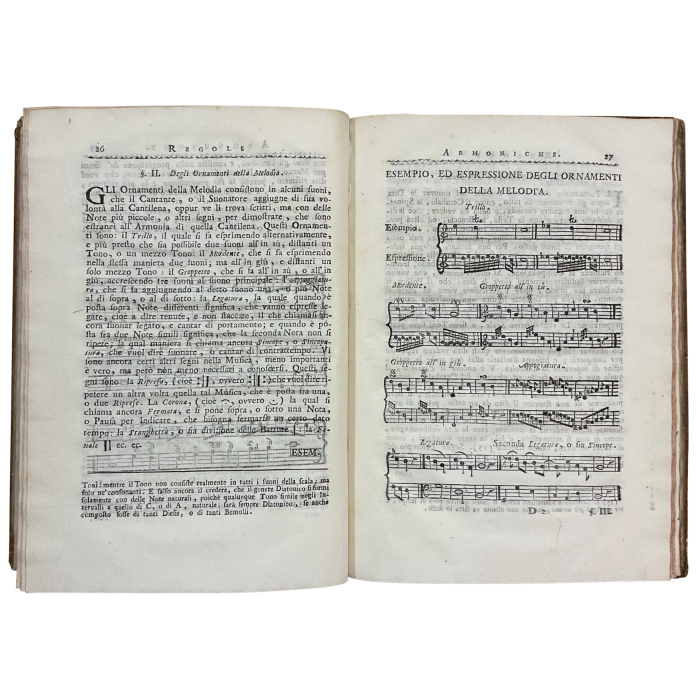Travis & Emery – the best classical music shop in the world?

Roula Khalaf, Editor of the FT, selects her favourite stories in this weekly newsletter.
Some of London’s most eminent antiquarians can be found on Cecil Court, a 17th-century lane just off the Charing Cross Road. For the city’s musicians there is only one shop that’s worth visiting. Behind the traditional green-and-gold shopfront of Travis & Emery, floor-to-ceiling shelves hold thousands of rare music scores, libretti for operas and musicals, and antiquarian books spanning biography to theory. Any inch of remaining wall space is adorned with pamphlets and photographs from West End productions past.
Travis & Emery was opened in 1960 by Valérie Travis, who assisted her father at Bletchley Park during the war and went on to train under the music antiquarian Otto Haas. The shop served composers, performers and students for nearly four decades, but when Travis’s nephew Giles Sandeman-Allen inherited the business in 1998, it was struggling with financial troubles and mountains of uncatalogued stock. He decided to persevere: “I thought the shop was providing a benefit to the music community,” he explains.

The mammoth task of cataloguing the collection proved more worthwhile than anyone could have imagined. The team uncovered a single page from the sketchbook of Beethoven upon which the composer had notated the slow movement of his String Quartet No 9 in 1806, at the behest of the Russian ambassador in Vienna. It was swiftly sold at auction, and the proceeds were enough to reverse Travis & Emery’s fate. (Not every discovery was so lucrative: one package marked “Beethoven” was unwrapped to reveal an assortment of soft pornography.)


London’s musical community remains grateful for its presence: the little shop has assisted countless students with their theses and bolstered research libraries with rare documents (Sandeman-Allen remains discreet about his better-known customers). Patrons’ tastes are brilliantly diverse, ranging from the complete works of Bach and Mozart (from £1,500) to rarities such as a tiny book of Italian psalms that dates back to 1585, the shop’s oldest item (£1,750), or a marbled edition of Haydn’s Canzonettas with a rare signature scrawled on its title page (£8,000).

They see composers come in and out of fashion. An anniversary can put a figure in the spotlight – the shop’s collection of works by William Byrd was snapped up last year, 400 years after the madrigal composer’s death. Likewise a performance by the English National Opera around the corner makes a vocal score more covetable. Sir Michael Tippett is popular at the moment, following a biography and documentary. Travis & Emery currently has 42 of his works in stock, including a signed score for his opera The Midsummer Marriage (£282).


1775 Venetian publication on figured bass, £1,200

Signed edition of Haydn’s Canzonettas, £8,000
Visitors often hunt for gifts among the books and vintage photographs of shows or composers sitting at their home pianos (from £1). A publishing operation has developed, too, reproducing out-of-print titles and facsimiles of historical scores. Examining a reproduction of Calliope or English Harmony (£19.95), a 1746 manuscript of songs by composers including Handel and Purcell with engraved illustrations, Sandeman-Allen says it would make a welcome addition to any collection “for the joy of looking at something special”.
Travis & Emery, 17 Cecil Court, London WC2; travis-and-emery.com
Comments